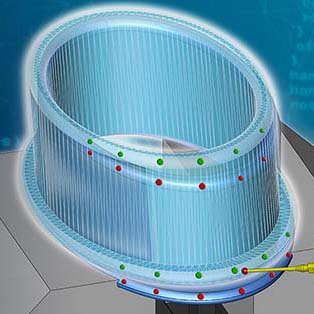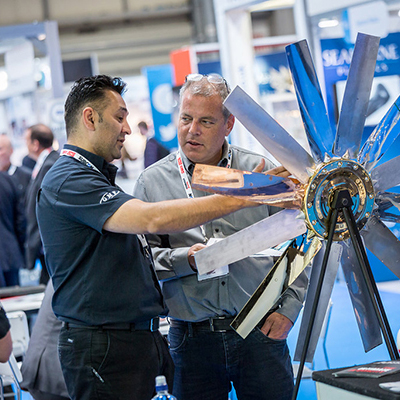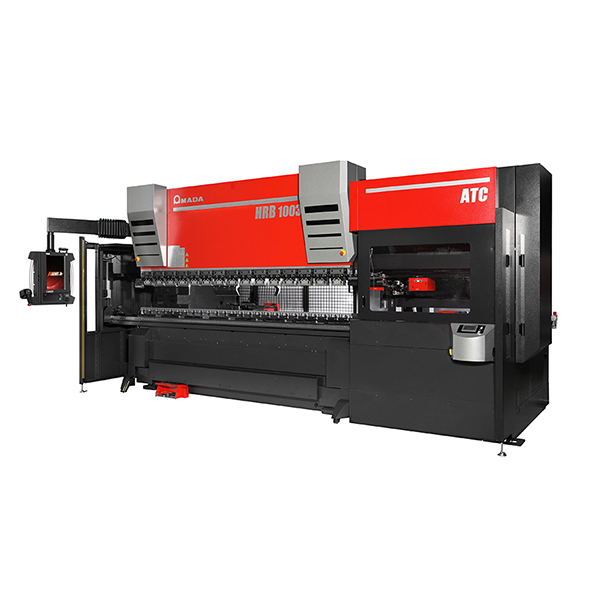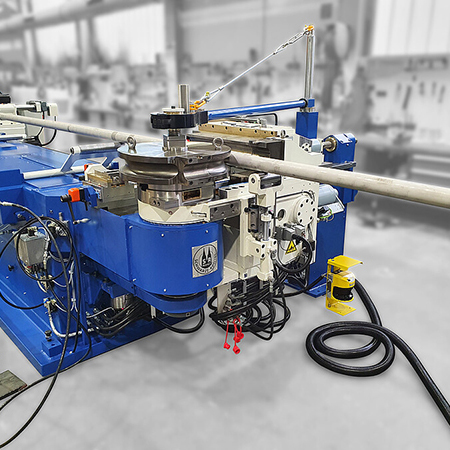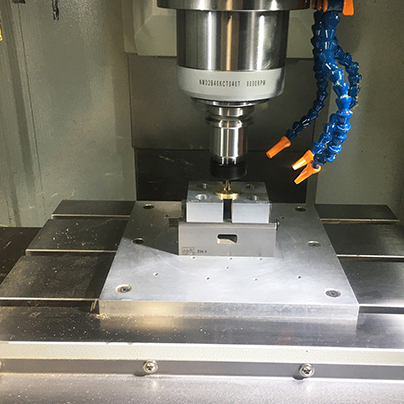
Open Mind’s hyperMILL Best Fit is a new function to help optimise the planning of machining operations. Instead of having to manually align the un-machined part that is clamped in the machine to the NC program, the hyperMILL CAM system aligns the NC program automatically to the component position. This method saves time and increases process reliability, especially with carbon fibre parts, as well as cast, forged, welded and additively manufactured stock featuring small or irregular allowances.
The hyperMILL Best Fit function takes full advantage of the options offered by the virtual machine in the CAM program and communication protocols within a five-axis machining centre that make it possible to undertake 3D measurements and eliminate the uncertainty which comes with manual alignment.
Up to now, it has been standard practice to adapt the stock and the clamping in the machine to the conditions of the NC program. One way to solve this time-consuming issue is to align the component in CAM in real-time. The unaligned stock is probed on the machine by way of a 3D measurement. Then, the measurement log is sent to the CAM system, and hyperMILL Best Fit adjusts the NC code to the actual position of the component. Virtual world programming is adapted to real world clamping, not the other way around. Finally, the adjusted NC code is simulated in the virtual machine on the actual clamping set up, followed by automatic optimisation.
“What makes this unique is that unlike previous solutions available on the market, hyperMILL Best Fit does not change the origin on the controller and generates completely collision-checked tool paths,” says Manfred Guggemos, product manager at Open Mind Technologies.
For further information
www.openmind-tech.com






